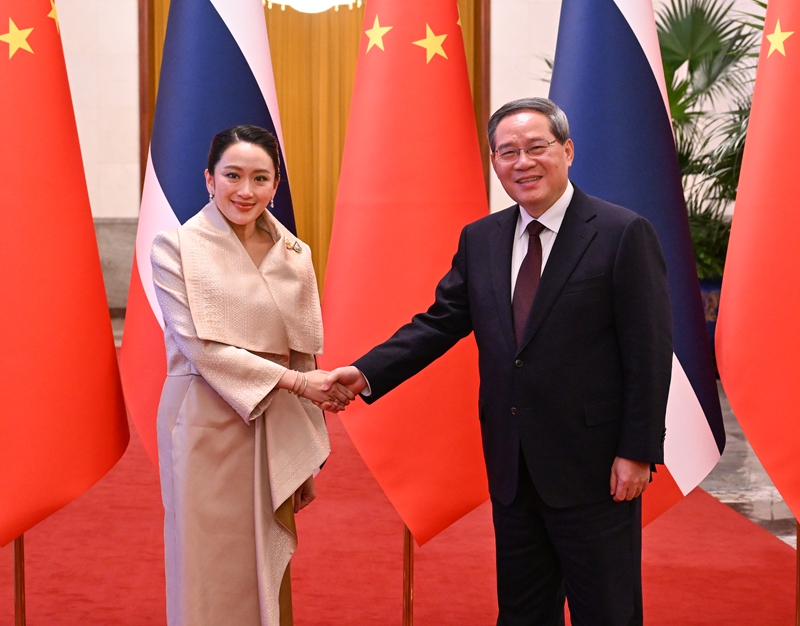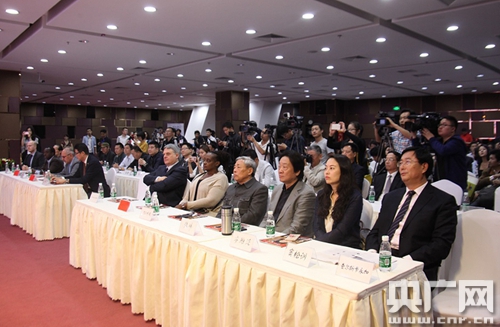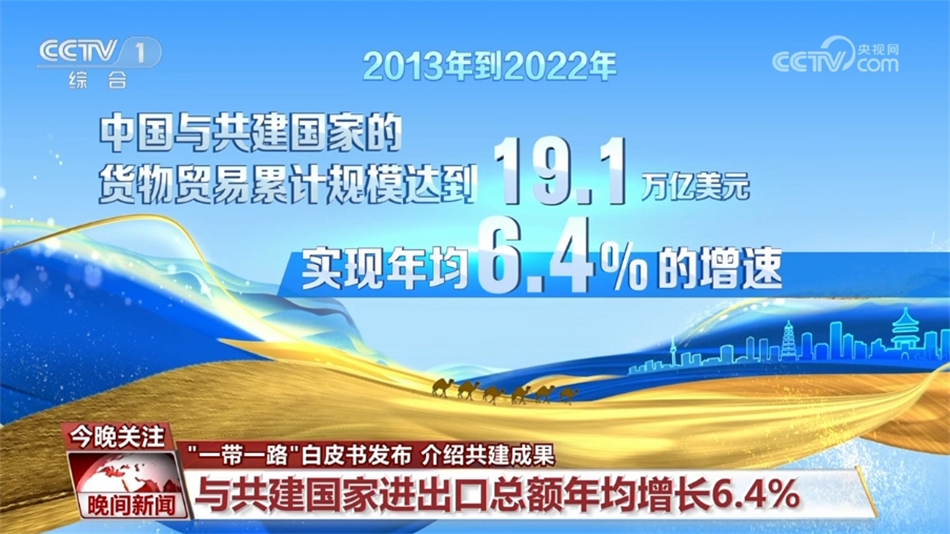Conch Cement: The Retrograde King In The Cold Winter Cycle
Conch Cement: The Retrograde King In The Cold Winter Cycle
$Conch Cement (SH600585)$ $Shangfeng Cement (SZ000672)$ $Fujian Cement (SH600802)$ Hello everyone, today's article is the 327th article produced by "Sima Tea House".
$Conch Cement()$ $Shangfeng Cement()$$Fujian Cement()$
Hello everyone, today's article is the 327th article produced by "Sima Tea House". Recently, when talking about the cement industry with Sima friends, many people lamented that the industry has not been having a good time in the past two years, especially the stock price of Conch Cement has been adjusting from the high of 56 yuan in July 2020, and has been halved so far, which has made many investors wonder. But in Sima's view, the more the industry is, the more you can see the real skills of a company. Today, let’s talk about the resilience performance of conch cement in the cold winter and see what are the excellences of this industry leader.
1. Cement industry: It is not the sunset but the mature track
Many people think this is a sunset industry when they see overcapacity in the cement industry and a decline in real estate investment. But in Sima's eyes, the cement industry is at most a mature industry with special characteristics. It will not only not be eliminated, but will also play the core role of infrastructure for a long time.
From a global perspective, the International Energy Agency predicts that global cement demand will grow by 12%-23% by 2050, especially emerging markets such as Africa, India, and Southeast Asia. The current urbanization rate is only about 50%, and the future urbanization process will spawn a large amount of rigid demand. Take our domestic example. Although real estate investment has declined, the existing building maintenance is about 1 billion square meters per year. The 14th Five-Year Plan involves urban renewal of 219,000 old communities, and rural infrastructure under the rural revitalization strategy. These will support the domestic cement demand of more than 1.5 billion tons per year.
Moreover, cement, as the core material of concrete, is irreplaceable in new infrastructure such as wind power foundations, nuclear power facilities, underground pipeline corridors, and other technologies will be difficult to shake its position in the infrastructure field in the short term. So, the demand in the cement industry is real, but it only shows structural characteristics.
2. 2024 performance: industry resilience in the cold winter
In 2024, China's cement industry ushered in the most severe downward cycle in the past decade, with deep adjustments in real estate and slowing down infrastructure investment. The cumulative domestic cement production for the whole year was 1.825 billion tons, a year-on-year decrease of 9.5%, and the price fell near the cost line. The total profit of the industry is expected to be only 16 billion yuan (excluding non-cement businesses such as aggregates), shrinking by more than 85% from the peak in 2021.
In such a difficult situation, Conch Cement delivered a resilient report card. The annual operating income was 91.03 billion yuan and the net profit attributable to shareholders was 7.696 billion yuan. Although it decreased by 35.51% and 26.19% year-on-year, it still ranked first in the industry's profit list. Comparing their peers, Conch's net profit scale is 3.22 times that of China Building Materials (2.387 billion yuan) and 3.19 times that of Huaxin Cement (2.416 billion yuan), with obvious advantages.
From the perspective of cost control, Conch has a "T-shaped strategy" layout along the river. The comprehensive cost of cement tonnes is about 20 yuan lower than the industry average, and the gross profit margin has increased by 5.14 percentage points against the trend to 21.7%, significantly higher than China Resources Building Materials Technology (16.5%) and Jidong Cement (18.1%). In the fourth quarter of 2024, the gross profit margin in a single quarter reached 28.15%, an increase of 7.36 percentage points month-on-month, demonstrating its keen ability to capture price rebounds. The annual net profit margin was 8.42%, up 0.81 percentage points year-on-year, and the profitability of core businesses did not continue to deteriorate.
In terms of asset operations, Conch Cement's return on assets in 2024 was 4.14%, which was 1.5 percentage points year-on-year, but it is still better than its peers such as China Building Materials (2.75%) and Jidong Cement (-3.51%). In terms of cash flow, the cash flow of operating activities reached 18.476 billion yuan, the net cash flow profit ratio reached 2.4 times, and the cash reserves exceeded 30 billion yuan, providing sufficient "ammunition" for the strategic layout of the industry's trough period. The debt-to-asset ratio is only 21.31%, far lower than that of peers and guarantees financial security.
3. 2025 first quarter report: Profit recovery under improved demand
Entering the first quarter of 2025, Conch Cement continued its recovery momentum in the fourth quarter of 2024. The operating income was 19.051 billion yuan, a year-on-year decrease of 10.67%, but the decline has narrowed; the net profit attributable to shareholders was 1.81 billion yuan, a year-on-year increase of 20.51%, and the gross profit margin increased to 22.88%, a year-on-year increase of 5.13 percentage points, and increased for five consecutive quarters.
This is mainly due to two aspects: First, the company optimized its procurement strategy and production process, and the comprehensive cost of cement ton of ton of cement fell by about 8 yuan year-on-year; Second, the demand for domestic cement market improved month-on-month, sales volume increased by about 5% year-on-year, and the average transaction price of the national cement market rose by 9.3% year-on-year to 397 yuan/ton, and the prices of core markets such as East China and South China increased by more than 10%, driving the simultaneous improvement of revenue and gross profit.
4. Business layout: dual-wheel drive between traditional and emerging businesses
Conch Cement’s traditional business foundation is very stable. The domestic Baling Conch relocation project and the Mengcheng Conch were put into operation. Overseas Uzbekistan Anjiyan Conch and Cambodia Phnom Penh Conch were launched. The annual clinker production capacity was 2.3 million tons to 274 million tons, and the cement production capacity was 8 million tons to 403 million tons, and the core market share increased to more than 35%. Anhui Tongyang Conch optimizes the capacity structure through capacity replacement and improves energy efficiency.
In terms of emerging businesses, the aggregate business has become the second pillar of the company's profits. In 2024, aggregate sales exceeded 150 million tons, up 30% year-on-year, and revenue reached 4.69 billion yuan, up 21% year-on-year, and gross profit margin was 46.9%, significantly higher than cement business. The sales volume of commercial concrete reached 31.81 million cubic meters, an increase of 17% year-on-year, and the proportion of ton of cement supporting facilities increased from 12% to 15%, extending the value of the industrial chain.
The internationalization strategy is being implemented at an accelerated pace, with overseas clinker production capacity exceeding 16.5 million tons (has been put into production), and 1.8 million tons under construction are expected to be put into production in 2025, with overseas revenue increasing to 4.68%, and the gross profit margin of overseas business reaches 32.3%, significantly higher than that of domestic. The 5,000-ton/day clinker line of Phnom Penh Conch in Cambodia was put into production in February 2025, supporting waste heat power generation and photovoltaic power generation projects, becoming a benchmark for green infrastructure of the "Belt and Road".
5. Dividends and Strategy: High returns and long-term layout are both important
Conch Cement has always adhered to a high-return policy. In 2024, it plans to pay a cash dividend of 0.71 yuan (including tax), totaling 3.75 billion yuan. In addition, A-share repurchase of 160 million yuan in 2023, the total shareholder returns account for 50.78% of net profit, and the dividend yield reaches 3%, which is the highest level in the industry. The company also made it clear that the total annual cash dividend and share repurchase in the next three years (2025-2027) will not be less than 50% of the net profit, providing shareholders with stable cash flow returns during the industry's downward cycle.
In terms of strategic layout, Conch Cement terminated its strategic investment in the construction of China Construction's western region, focused on its core business, and concentrated its resources on the integration of the cement industry chain, such as expanding aggregate production capacity to 196 million tons, while avoiding cross-industry investment risks and recovering funds for counter-cyclical mergers and acquisitions. In response to the stock price breaks the net dilemma, the "2025 Valuation Improvement Plan" was launched, and the valuation was improved through dividends, repurchase, intelligent transformation, cost control and other measures, and the target gross profit margin was increased to more than 25%. It is also planned to hold performance briefings and roadshows to introduce ESG rating agencies to reshape market awareness.
In terms of technological innovation and green transformation, R&D investment in 2024 was 1.257 billion yuan, focusing on smart factories, energy-saving technology, CO₂ capture and other fields. Quanjiao Conch Smart Factory improves production efficiency and reduces costs; the application of magnetic levitation fans reduces power consumption; Baimashan Cement Plant has built the first 10,000 tons of CO₂ capture project in China, recycles 50,000 tons of carbon dioxide annually, and can be processed into industrial-grade and food-grade products, realizing that carbon "turns waste into treasure". The RDF substitution rate has increased, the CO emissions tonnes of cement have decreased, the installed capacity of optical storage has increased, and the proportion of self-generating power has increased, all of which have laid the foundation for the company to cope with carbon costs.
In Sima's view, the profits of the cement industry shrank sharply in 2024, forcing backward production capacity to accelerate clearance. Conch Cement is expected to further increase its market share with its cost, location advantages and sufficient cash flow reserves. After the cement industry is included in the national carbon market in 2025, Conch can absorb most of the carbon cost increase through technological innovation and green transformation, and its competitive advantage will be more prominent. Conch Cement has built a solid moat in the industry's cold winter through the triple strategies of cost control, aggregate expansion and international layout. For long-term investors, cyclical fluctuations in the cement industry are not a bad thing.
@Today's Topic@Google Friends Welfare@Snowball Creator Center
#Snowball Star Plan##Premium Season, Snowball##Cement building materials and other cyclical stocks rise#





